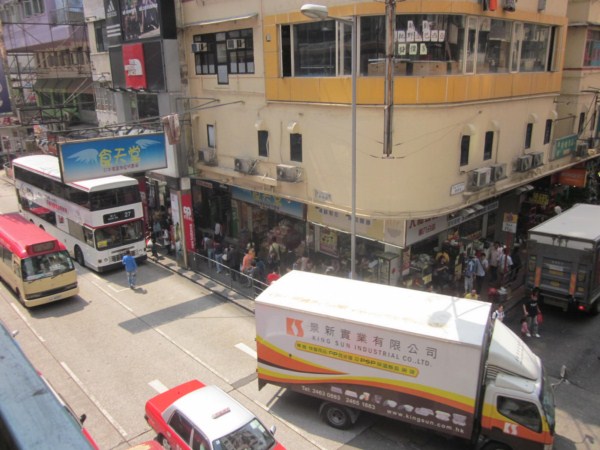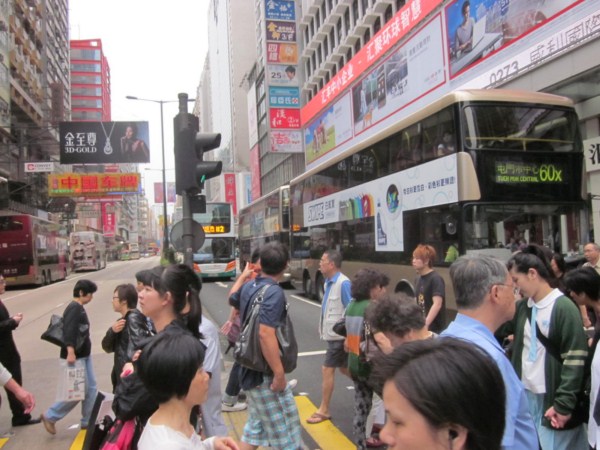CleanAirForAll.org
Ban Open Door Air Conditioning -
Stop Fueling Killer Heat
|
Home |
|
Killer Heat |
|
Air Pollution |
|
Sick from Thermal Shock |
|
Irresponsible Energy Use |
|
Counterproductive |
|
Greenhouse Gases |
|
Sick from Cold |
|
Worse to Come |
|
Ban it! |

|
|
Retail store air coneditioners eject heat into traffic above the front door in Mong Kok, Hong Kong.
Buses, cars and trucks must use more air conditioning, adding more engine heat to the street. |
In Hong Kong between 1997 and 2005, there were totals of 4,281 deaths from heart disease and 4,764 deaths from stroke in the elderly population on days with maximum temperature reaching/exceeding 30.4°C details here. In the United States, heat is the number one weather-related killer, causing more fatalities per year than floods, lightning, tornadoes and hurricanes combined details here.
Normally, air conditioning contributes to an urban center warming of 3-5°C above outlying rural areas, according to a Univerity of Hong Kong study. But the real danger occurs during heat waves when this could rise to an alarming 10 degrees.
How can simple air conditioning have such a dramatic impact? Because air conditioning promotes a vicious cycle of local heating. The waste heat makes others use more air conditioning, thus generating more heat. Even worse, cars and buses do much more harm when they use their air conditioners, because they burn more fuel in the internal combustion engine. Because these engines are only 20-40% efficient, the vast majority of the energy is released as heat right into the urban center. This in turn, creates a greater need for more air conditioning. And the cycle is assured. As the University of Hong Kong report says, "In Hong Kong, urban heat island effects are exacerbated by traffic and air conditioning systems."
|
In the long term, the heart of Hong Kong is warming 3 times faster the adjacent rural areas. Urban Hong Kong's temperature is rising at 0.6°C per decade details here. Most noticable to locals however, is the increased frequency of hot nights (those having a minimum temperature above 28°C). Since 1961, urban Hong Kong is experiencing on average 4.7 more hot nights every year, with 20 hot nights in 2005 details here. Hot nights in an urban center like Hong Kong threatens the disadvantaged the most: those living in high density buildings, those who cannot afford air conditioners, the elderly and people with existing heart or respiratory conditions.
Home | Privacy| Terms of Use| About Us | Contact Us
CleanAirForAll.org © 2025
